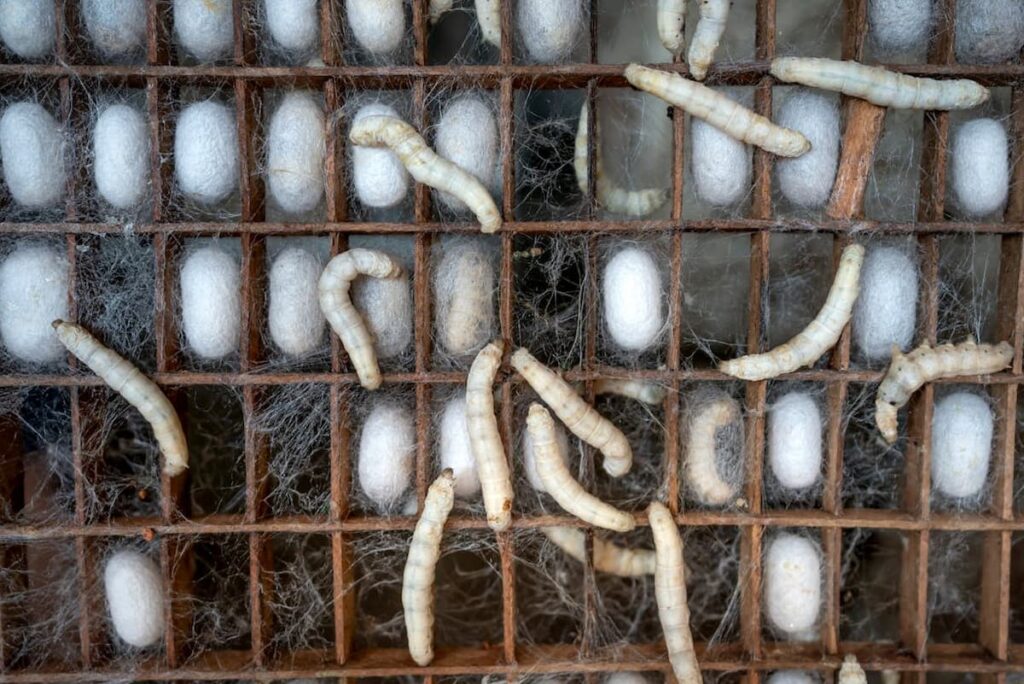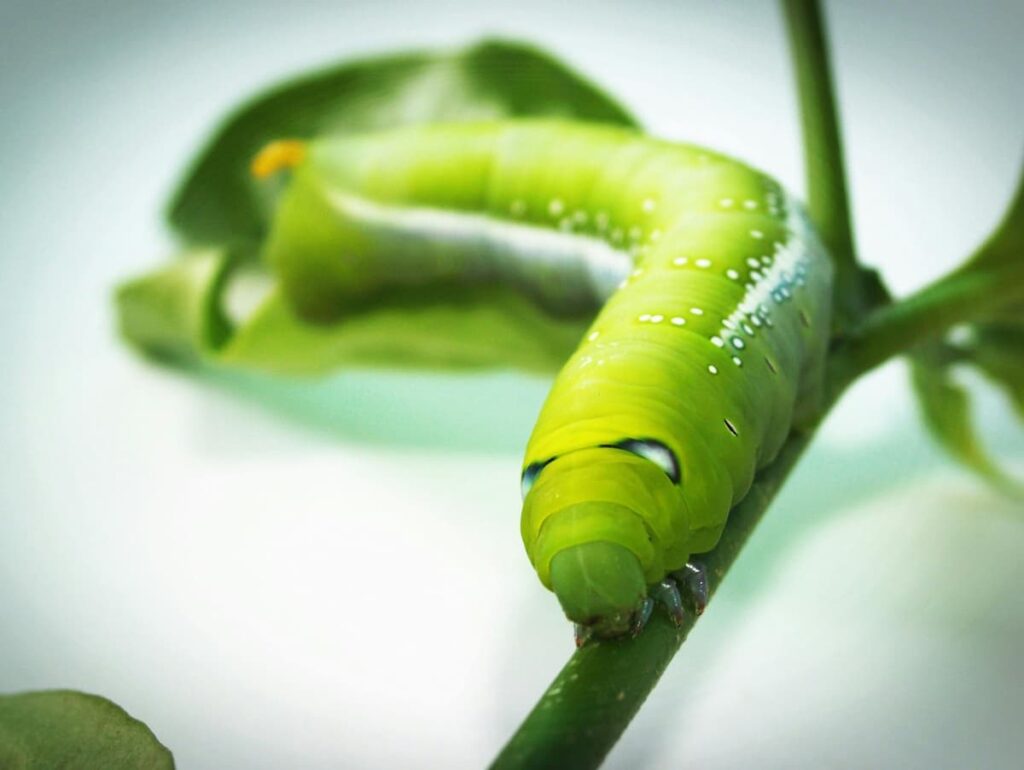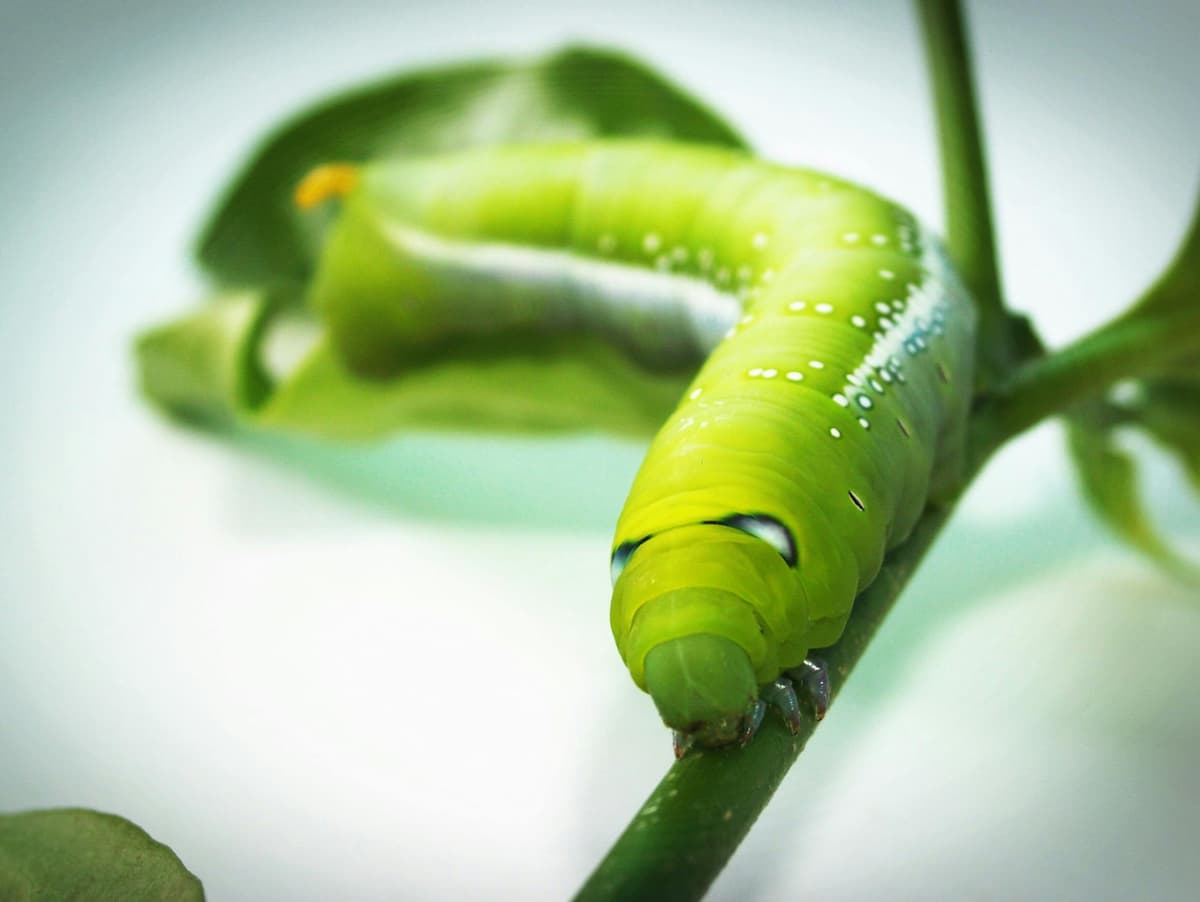Silkworm farming, or sericulture, is an ancient practice that has stood the test of time. This fascinating industry not only produces luxurious silk but also provides lucrative opportunities for farmers worldwide. In this article, we delve into the nuances of silkworm farming, offering valuable insights that can help you turn this traditional craft into a profitable venture.
Table of Contents
Understanding Silkworm Farming
Silkworm farming involves the cultivation of silkworms for the production of silk. The process begins with the hatching of silkworm eggs, followed by the rearing of larvae on mulberry leaves. Once the larvae spin their cocoons, these are harvested to extract silk fibers.
The Lifecycle of Silkworms
The lifecycle of silkworms comprises several stages:
- Egg: Tiny and pinhead-sized, silkworm eggs hatch into larvae within 10 days under optimal conditions.
- Larva: The larvae, or caterpillars, feed voraciously on mulberry leaves, growing rapidly through several molts.
- Pupa: After about a month, the fully-grown larvae spin cocoons around themselves and transform into pupae.
- Adult Moth: The adult moth emerges from the cocoon, ready to mate and lay eggs, thus continuing the cycle.
Setting Up a Silkworm Farm

Choosing the Right Environment
Silkworms require a controlled environment with specific temperature and humidity levels. An ideal silkworm rearing house should maintain temperatures between 20-28°C and humidity levels around 70-85%. Proper ventilation and cleanliness are also crucial to prevent diseases.
Selecting and Planting Mulberry Trees
Mulberry leaves are the primary food source for silkworms. Selecting high-quality mulberry varieties and ensuring adequate soil preparation and irrigation are essential steps. Mulberry trees should be planted in well-drained soil with ample sunlight for optimal growth.
Acquiring Silkworm Eggs
High-quality silkworm eggs can be sourced from reputable suppliers or breeding centers. It is important to select disease-free eggs to ensure healthy larvae and a successful farming operation.
Rearing Silkworms
Feeding and Care
Silkworm larvae must be fed fresh mulberry leaves multiple times a day. The leaves should be clean, free from pesticides, and of appropriate size. Regular feeding ensures rapid growth and healthy development.
Maintaining Hygiene

Maintaining cleanliness in the rearing trays and silkworm environment is crucial. Remove any leftover leaves, excreta, and dead larvae promptly. This prevents the spread of diseases and ensures a healthy rearing environment.
Harvesting and Processing Silk
Harvesting Cocoons
Once the silkworms have spun their cocoons, these are harvested after 7-10 days. The timing is critical as the silk quality deteriorates if the moths are allowed to emerge.
Processing the Silk
The cocoons are then subjected to a process called reeling, where silk filaments are unwound from the cocoon. This requires specialized equipment and skilled labor. The filaments are combined to form silk threads, which are then woven into silk fabric.
Economic Benefits of Silkworm Farming
High Market Demand
Silk is a highly sought-after commodity, with a global market that continues to grow. The textile industry values silk for its natural sheen, strength, and hypoallergenic properties.
Diversification Opportunities
Beyond silk, other products such as silkworm pupae (used in animal feed and cosmetics) and mulberry leaves (used in tea and medicine) offer additional revenue streams.
Sustainable Farming Practices
Silkworm farming is environmentally sustainable. Mulberry trees, the primary food source, are hardy and require minimal chemical inputs. The waste from silkworm farming can also be used as organic fertilizer.
Challenges and Solutions in Silkworm Farming
Disease Management
Diseases such as grasserie, flacherie, and pebrine can devastate silkworm populations. Implementing stringent hygiene practices, using disease-free eggs, and regular monitoring can mitigate these risks.
Climate Control
Maintaining optimal environmental conditions is crucial. Investing in climate control systems and regular monitoring can help manage temperature and humidity levels effectively.
Market Fluctuations
Silk prices can be volatile. Diversifying products and exploring value-added products can cushion farmers against market fluctuations.
Future Prospects of Silkworm Farming
Technological Advancements

Advances in biotechnology and breeding techniques are set to revolutionize silkworm farming. Genetically modified silkworms with enhanced silk production capabilities and disease resistance are on the horizon.
Growing Consumer Awareness
As consumers become more conscious of sustainable and ethical products, silk produced through eco-friendly practices gains a competitive edge. This trend opens up new market opportunities for sustainably produced silk.
Government Support
Many governments recognize the economic and environmental benefits of sericulture. Subsidies, training programs, and research initiatives support the growth and development of the industry.
Conclusion
Silkworm farming is a lucrative and sustainable agricultural practice with a rich history and promising future. By understanding the lifecycle of silkworms, setting up optimal rearing conditions, and adopting best practices in feeding and hygiene, farmers can maximize their profits. With high market demand and diverse revenue streams, silkworm farming offers exciting opportunities for those willing to invest in this age-old craft.
Please click here for Further Exploration
Please click here to read about THINK BEFORE YOU INK: THE STARTLING CONNECTION BETWEEN TATTOOS AND LYMPHOMA!


1 thought on “From Cocoon to Cash: Silkworm Farming Insights – A Report”